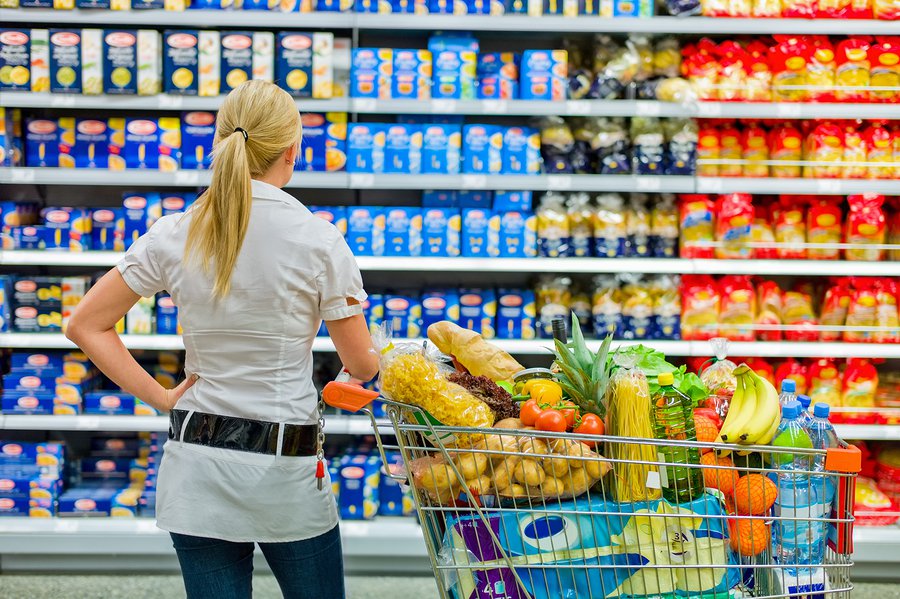Driving incremental sales is a crucial goal for modern businesses. For brands and retailers, a major indicator of success can be found in an increased number of leads, customers, or sales, that wouldn’t have occurred without a specific marketing campaign. In this post, we’ll discuss what it means to drive incremental sales and which strategies you can implement to get started.
What are Incremental Sales and Where Do You Start?
Simply put, incremental sales are a way to gauge the success of a marketing campaign. Specifically, the concept refers to measurable results — the increase in the number of units sold — of a marketing activity or promotion. In order to measure the incrementality of a marketing campaign, you’ll first need to identify baseline sales figures and establish key performance indicators (KPIs).
Baseline sales figures are foundational. In order to know exactly how well your marketing campaign performs, you’ll need to know how your business performs without it. This requires research into historical sales data to find a rare period that was not supported by a marketing promotion. Once your campaign has completed, and you have both baseline sales and total sales, you can determine incrementality by calculating the difference between the two.
Although the difference between new and baseline sales is the key incremental sales KPI, there are other related KPIs you may want to track as well. For instance, you may want to know your new customer percentage to determine how much value to place in a specific strategy or partner. Perhaps it would be helpful to calculate participated revenue, the amount of revenue generated by an affiliate partner who came into contact with the customer at some point during the sales process. Or, you can track sales completed in less than five minutes with the quick conversion rate formula.
Once you’ve calculated baseline sales and determined your KPIs, you can now explore different strategies and tactics to actually drive incremental revenue including:
- Utilizing contextually relevant offers and incentives
- Building trust and brand affinity to influence more frequent purchasing
- Expanding your target audience to reach new customers
Strategies to Drive Incremental Sales
Utilizing contextually relevant offers and incentives
Contextually relevant point-of-purchase offers can drive unplanned impulse buys by influencing consumer behavior in the crucial moment of purchase decision. For example, a personal care brand is looking to drive incremental sales across its full product portfolio. When a shopper makes their way to the shaving aisle with the intention to buy a pack of razors, a contextually relevant promotional offer at the point of sale may incentivize the shopper to not only purchase razors, but also shaving cream and aftershave lotion, resulting in a larger basket size and an unplanned, incremental sale. Aside from product bundling, consider the use of rewards at the point of purchase to avoid the use of margin-diluting coupons, discounts, or cash-back incentives.
Build trust, affinity, and loyalty
Building trust and brand affinity can drive incremental sales by influencing consumers to purchase your brand more frequently, and over competitors. One study found that 81% of customers feel the need to trust a brand before making a purchase, and while a good reputation may get consumers to try a product, 87% said they’ll soon stop buying it unless they come to trust the company behind the product.
So, how do you generate trust? There are several avenues to consider. Today’s consumers want to support brands that align with their values, and that are authentic. Finding a way to tell your brand story and connect with consumers in a meaningful way is a key to building trust. Consumers also value consistency and respond well to seamless messaging and experiences across all channels.
While driving incremental sales is the end goal, brands can’t lose sight of what’s important — the customer. When today’s consumers have a negative experience, it’s crucial that brands not only listen but act on their feedback. Building this genuine level of trust and affinity will in turn lead to more frequent purchasing, increased basket size, and incremental sales.
Expanding your target audience
Another way to drive incremental sales is simply by expanding your target audience to reach a larger customer base. A third-party rewards app with a large existing user base is a great way to reach new customers. Apps like Shopkick not only help brands and retailers tap into a unique audience, but can also help them increase loyalty and incremental sales amongst existing customers. In fact, 50% of all spend driven by Shopkick is incremental, with 63% coming from new customers and 37% coming from increased loyalty of existing customers by influencing them to spend more or purchase more often.
Measure, Test, and Tweak
Once you’ve planned and executed your incremental sales campaign, you’ll need to measure and analyze the results in order to determine its effectiveness. Whether your campaign was a success or didn’t perform as you’d hoped, experiment with different variations of your campaign, and optimize your strategy based on learnings from historical successes or failures. You may decide to increase or decrease your pricing structure, test out different advertising channels or platforms, or make changes to your messaging.
Drive Incremental Sales with Shopkick
Understanding how to drive incremental sales is fundamental for marketers, as an increase in sales represents true success in marketing efforts. By leveraging contextually relevant offers, building trust and affinity, and expanding your target audience with a third-party app like Shopkick, you can boost incremental sales while also keeping customers engaged, earning their trust, and rewarding them for their loyalty. When Kraft partnered with Shopkick to drive sales across multiple brands in the holiday season, Shopkick’s unique rewards model drove an impressive 7.6:1 ROI, and 55% of purchases were incremental.
Shopkick is an established mobile rewards shopping app that helps brands and retailers keep their stores, brands, and products top of mind throughout the entire shopper journey, driving incremental engagement and sales. We have a proven track record of helping mobile marketing spend go further by collecting real-time actionable first-party data for our partners. To learn more about how Shopkick can help your marketing strategy and build brand affinity, contact our team.





